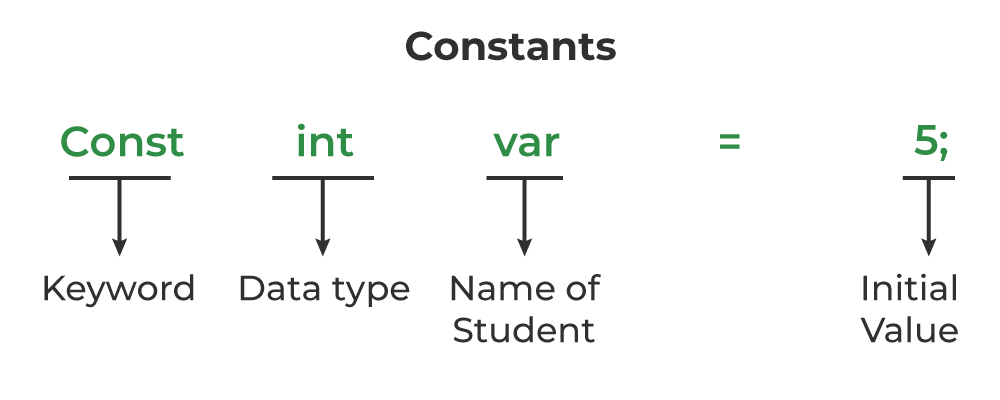Physics, the language of the universe, communicates its laws and phenomena through symbols. In this captivating blog, we will embark on a fascinating journey to explore the world of symbols in physics. From fundamental units to complex mathematical notations, from constants to forces, and from quantum mechanics to relativity and astrophysics, we will uncover the significance of these symbols in unraveling the mysteries of our cosmos.
1. Units and Measurement Symbols

Units are the backbone of physics, providing a way to measure and quantify various physical quantities. Delve into the International System of Units (SI) and discover the importance of base units and derived units. We will explore the symbols used to represent these units and their significance in understanding the physical world.
2. Mathematical Symbols in Physics
Mathematics serves as the language of physics, and symbols play a crucial role in expressing complex relationships. Unravel the mysteries behind Greek letters and their application in physics equations. We will also explore common mathematical symbols used in physics to represent differentiation, integration, and more.
3. Constants and Physical Symbols

Certain values in physics remain constant across the universe, represented by specific symbols. We will delve into the fundamental physical constants and their impact on the laws of nature. Additionally, we will explore mathematical constants and their profound influence on the fabric of reality.
4. Symbols for Forces and Energy
Forces and energy are fundamental to understanding the behavior of objects in the universe. Discover the symbols representing the essential forces in nature and their interactions. We will explore how symbols enable us to express energy transformations, work, and power, contributing to our comprehension of various physical systems.
5. Symbols in Quantum Mechanics

Quantum mechanics, the science of the smallest particles, is a treasure trove of symbolism. Delve into the realm of wavefunction symbols and their role in describing quantum systems. Explore the significance of operators and symbols used to define quantum states and properties of particles.
6. Symbols in Relativity and Astrophysics
Einstein’s theories of relativity revolutionized our understanding of space and time. We will explore the symbols used to represent special and general relativity and their applications. Journey into the fascinating world of astrophysics as we explore symbols for celestial bodies, black holes, and cosmic phenomena.
7. Electrical Symbols and Circuits

The study of electricity and circuits is vital to modern technology. Understand the importance of electrical symbols in representing components and devices. We will also explore the notation used in circuit diagrams to analyze and design electrical systems.
8. Frequently Asked Questions (FAQs)
Measurement symbols in physics represent units of measurement used to quantify various physical quantities, such as length, mass, time, and temperature. These symbols are essential for accurately describing and analyzing physical phenomena.
Mathematical symbols serve as a powerful tool in physics to express complex relationships and equations concisely. They allow physicists to represent fundamental laws and theories, making it easier to analyze and understand the behavior of the physical world.
Physical constants are fixed numerical values that remain constant throughout the universe. They play a crucial role in physics, providing a basis for various laws and equations. These constants help us understand the fundamental nature of the universe and its underlying principles.
Symbols in physics represent various forces, such as gravitational force, electromagnetic force, and nuclear forces. Additionally, symbols are used to describe different forms of energy, such as kinetic energy, potential energy, and thermal energy, allowing us to study energy transformations and interactions between objects.
 60 minutes of Duration
60 minutes of Duration 180 Questions
180 Questions Instant Report
Instant Report 4 Dimensions
4 Dimensions 500+ Career Options
500+ Career Options 1M+ Test Taken
1M+ Test Taken